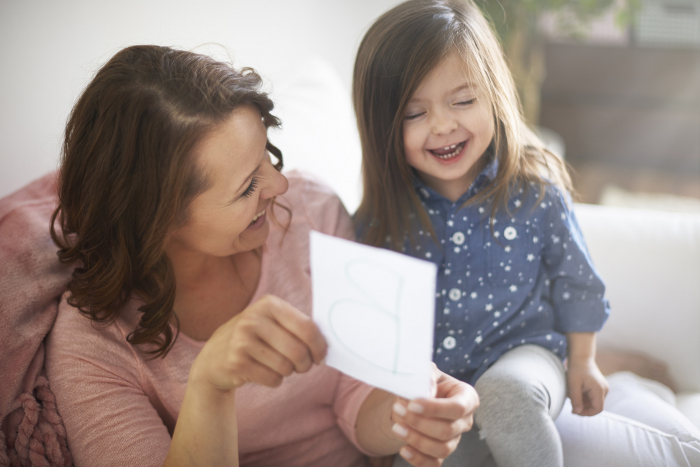Posted: February 12, 2016
Goals are important for everyone. Using goals as a platform for encouraging certain behaviors is a focus for most parents due to the value success and achievement can create. Children with Cerebral Palsy, in particular, often face enough challenges in their everyday life that goals can be both big and small in scope. Just as Occupational Therapy can turn a random exercise into an effective, everyday solution, so too can goals focus on a ‘traceable’ achievement that has a far larger impact. While one child's goals might revolve around academics or exercise, another may have goals surrounding speech, coordination, etc. There is one common theme though: the importance of having tangible goals in the life of a child with Cerebral Palsy.
This may seem overly simplistic, but the honest truth is that life has a habit of making simple opportunities difficult to coordinate. You very likely have talked to your child about expectations in school or how you would like them to perform in therapy. But are there defined goals that you track on a regular basis? Do the goals go beyond generalities like "do well in school" or "try your best" and into things that can be tracked? Even if it’s time spent on different tasks or practicing certain efforts, you can measure your child’s level of achievement. It's great to place importance on topics, but children, especially those with special needs, can benefit significantly from the sense of accomplishment milestones and marked progress provide. Break down a bigger goal into stages to reinforce the step-by-step plan various therapies are based upon… and celebrate the successes along the way!
Every one of your child's efforts, when it comes to overcoming challenges related to their Cerebral Palsy, has room for goals. Whether it's tracking reps associated with physical therapy or time spent on speech practice, setting a bar lets your child work toward something great. In turn, they benefit from not only having a consistent routine that revolves around tangible improvement, but also creates a setting for success. Benchmarks can be rewarded and setbacks are simply a spot along the timeline; rather than being a constant, restarting challenge, goals you set become part of a roadmap and journey.
Cerebral Palsy goals to consider building around include:
- Exercise (frequency and time dedicated)
- Therapy efforts in the home
- Hobbies
- Autonomy (self-feeding, coordination, etc.)
- Academics
- Participation in family chores
- Emotional/behavioral efforts
- And more!
The overall idea is that by finding quantities or tangible goals in general efforts and everyday challenges, parents can build confidence in children. Seeing where he or she was and how much has been done since has a more tactical (and tangible) value than when it's generalized. Where some might place a heavy focus on a general concept like ‘improving walking,’ creating a path of improvement that can be tracked is very helpful. As frustration in children with special needs is common (and understandable given the wide spectrum of challenges that can exist), every win is a much deserved (and needed) one.
For more information on therapy, adaptive equipment, resources and information on Cerebral Palsy and more, call us at 800-692-4453 or fill out our online form.






